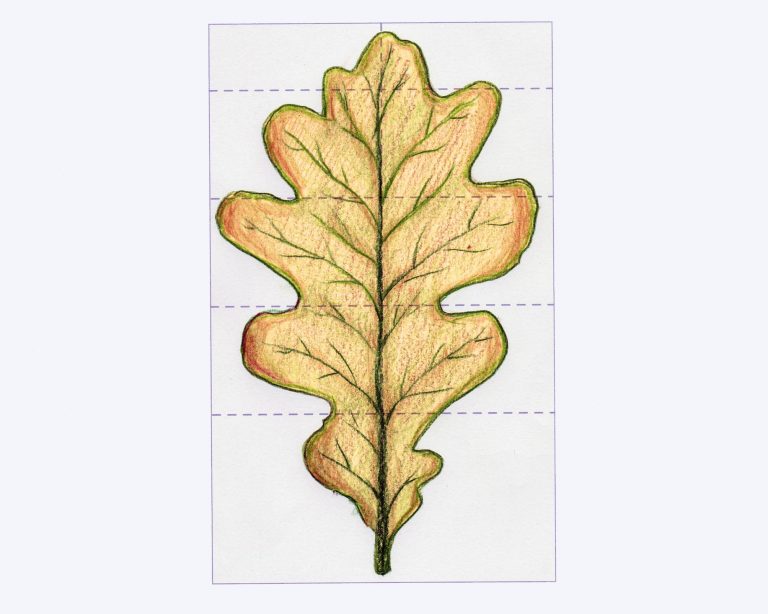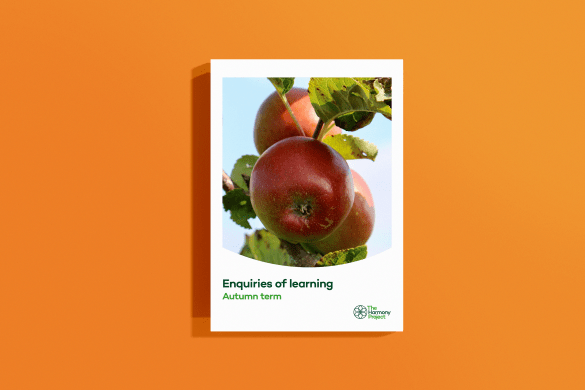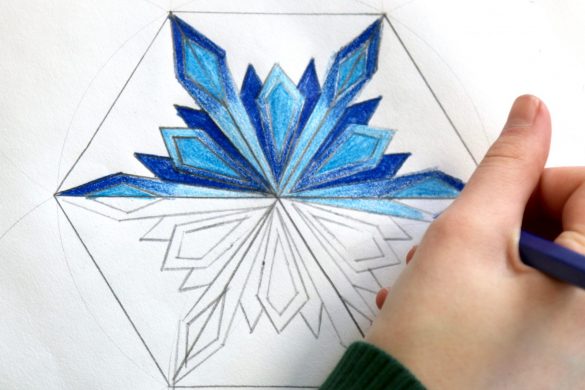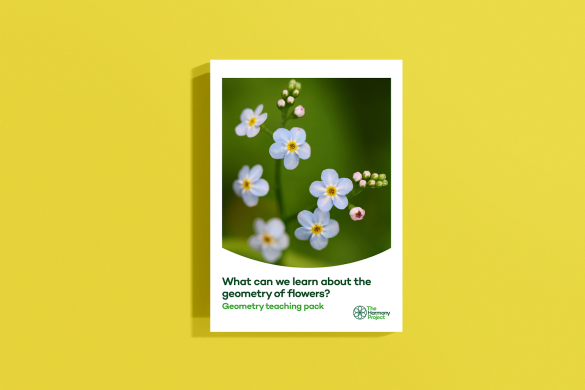Geometry pack: How can we identify native trees in autumn?
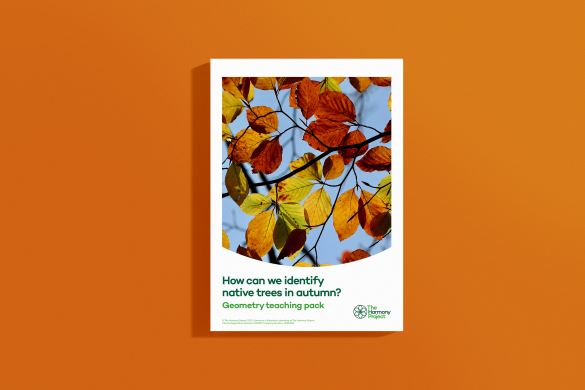
Six activities to explore the appearance of native tree leaves with students in KS2.
Leaves come in all sorts of amazing shapes and sizes. Due to the huge variety that exists in leaf shape, size, texture and colour, it’s possible to identify trees – and to identify native trees – by the appearance of their leaves.
The six activities in this pack have been developed to explore with students the beautiful geometry of the leaves of six trees that are native to the UK, and to learn to identify native trees by the distinctive properties of their leaves. They can be used to support learning about shape in maths, to enrich an exploration of leaf shapes in art or to teach geometry as a standalone activity. They could also be used to introduce students to the principle of Geometry and the principle of the Cycle.
For each activity, step-by-step text instructions are provided as a guide for teachers, with accompanying diagrams and lists of the resources students will need to complete each activity. There are photocopiable templates as well as a factsheet introducing different leaf shapes.
By the end of this set of six activities, students should be more confident identifying the leaves of the six trees that are the focus for the learning.
To help students get the most out of these activities, we recommend the use of Jakar compasses, which can be purchased at a discounted rate on our website.
What’s in this geometry teaching pack?
The following six activities are included in this pack:

Activity 1 How will I draw an aspen tree leaf?
In this activity, students use a circle as a guide to draw an aspen leaf. The compass work involved in creating guidelines for the drawing is simple, making this activity suitable for those who are just starting to become familiar with the use of compasses in geometric drawing.
Activity 2 How will I draw a pear tree leaf?
In this activity, students draw overlapping circles to create a vesica piscis shape to use as a guide to draw the leaf of a pear tree. This is the shape that is created where two circles overlap. Again, the simple compass work involved makes this activity suitable for those just beginning their exploration of geometry.
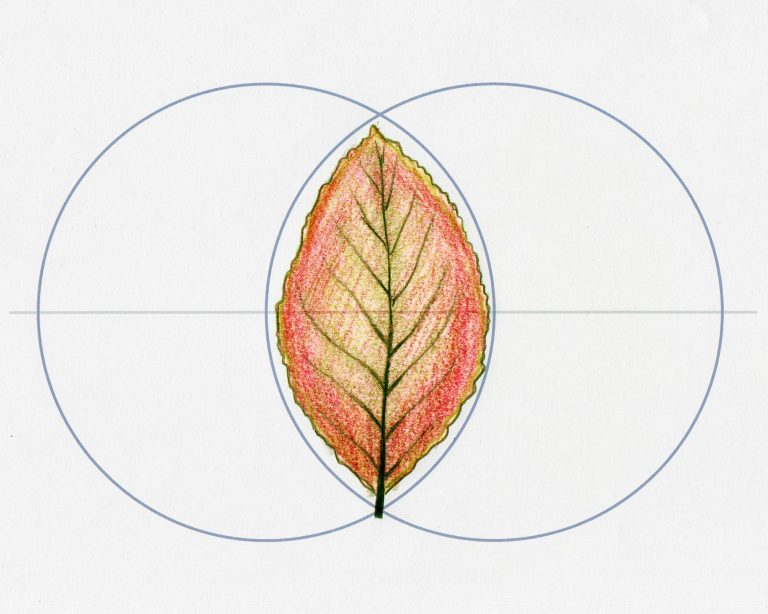
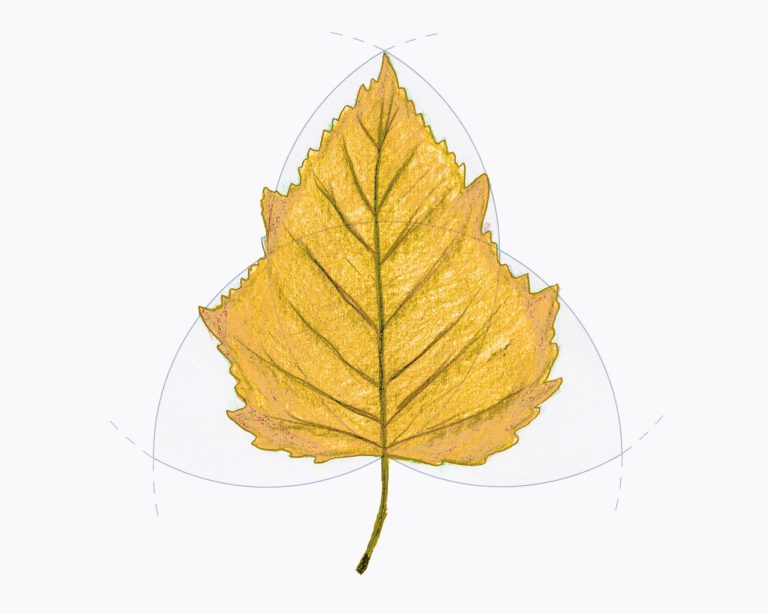
Activity 3 How will I draw a silver birch tree leaf?
This time, students draw three overlapping circles to create a guide to draw the leaf of a silver birch tree. The compass work involved in creating the guidelines needed for the drawing builds on the compass skills developed in the first two activities in this pack.
Activity 4 How will I draw a sycamore tree leaf?
The leaf of the sycamore tree is lobed in shape, with distinct sections that radiate out from a central point. In this activity, students use a template and tracing paper to draw the palmate leaf of a sycamore tree.
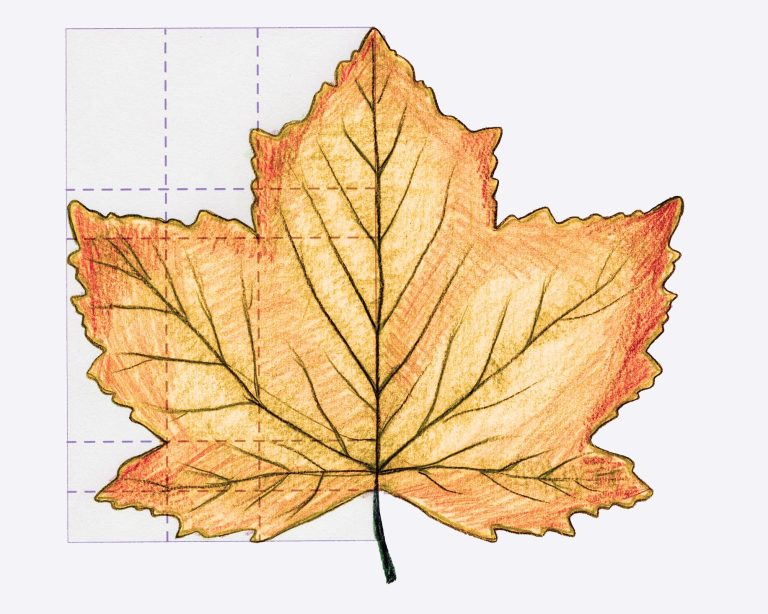
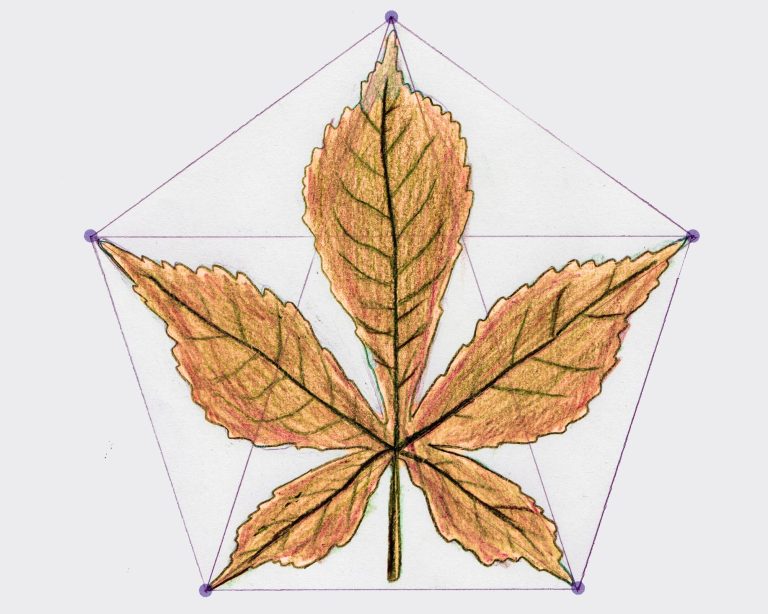
Activity 5 How will I draw a horse chestnut tree leaf?
The horse chestnut tree leaf is one of the most distinctive leaves of our native trees in the UK, with a compound leaf shape that looks a little like a hand with outstretched fingers. In the fifth activity in this pack, students use a template as a guide to draw this leaf.
Activity 6 How will I draw an oak tree leaf?
Perhaps the most-loved of our native trees, the oak is easily identified by its lobed leaves. In this activity, students use careful observation to draw an oak leaf using a template as a guide.
